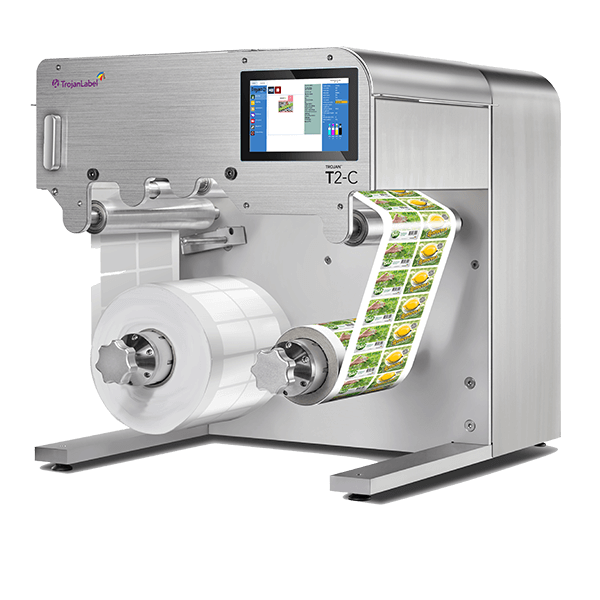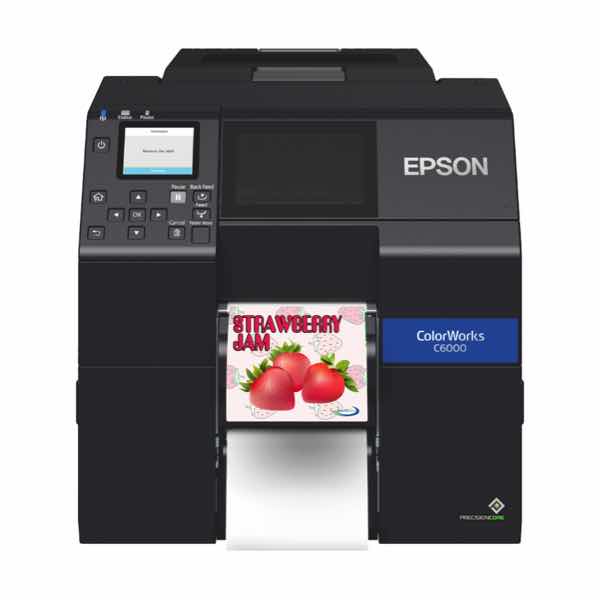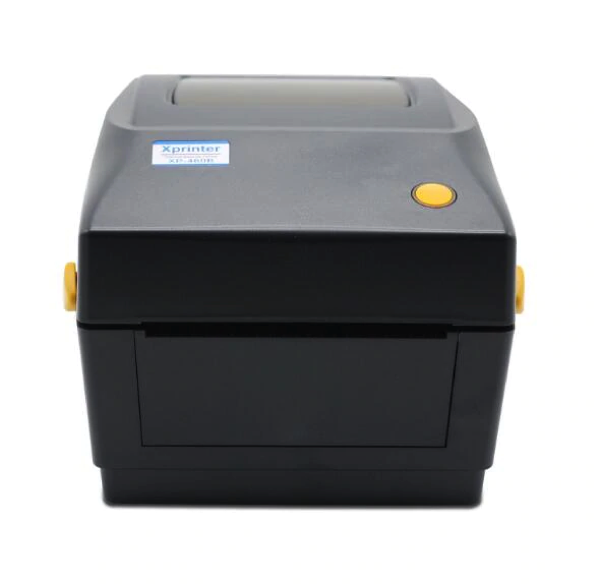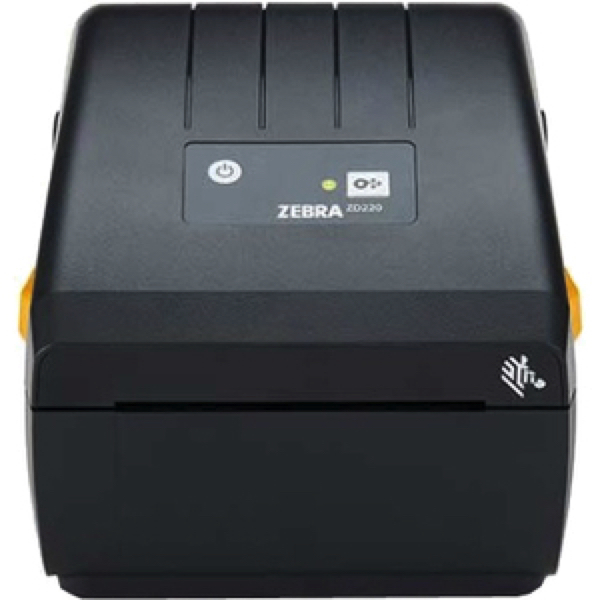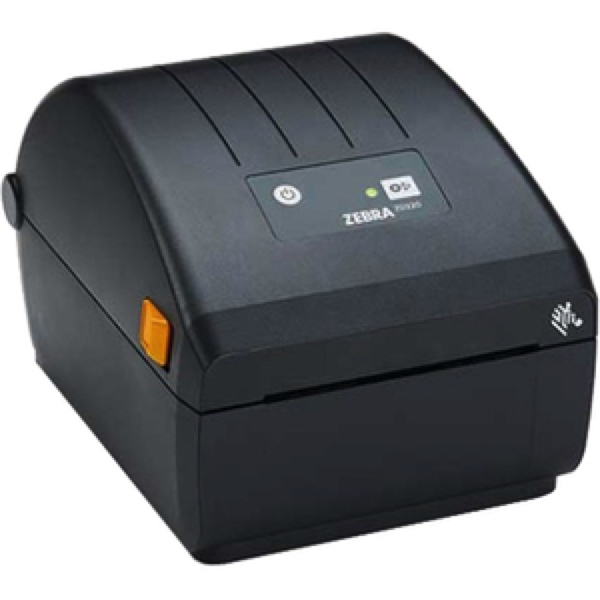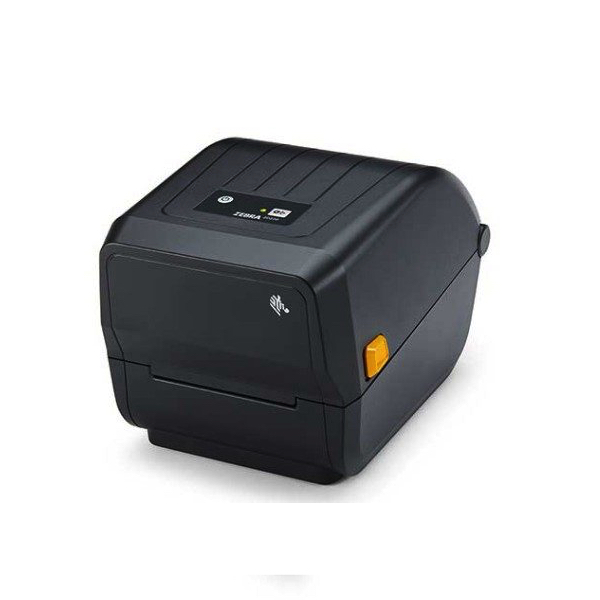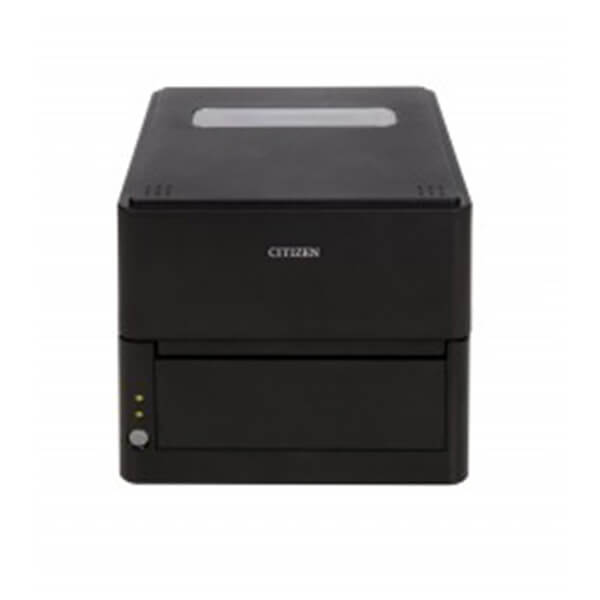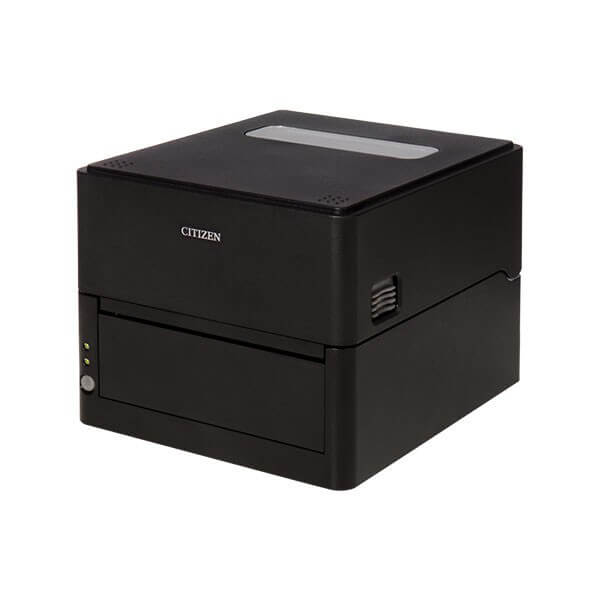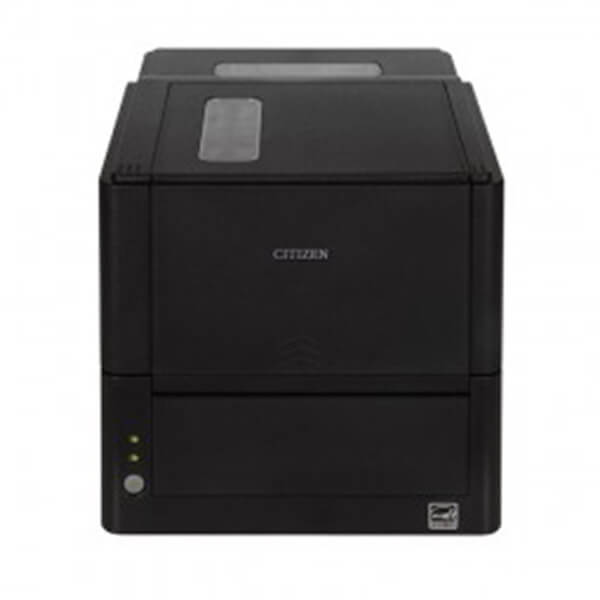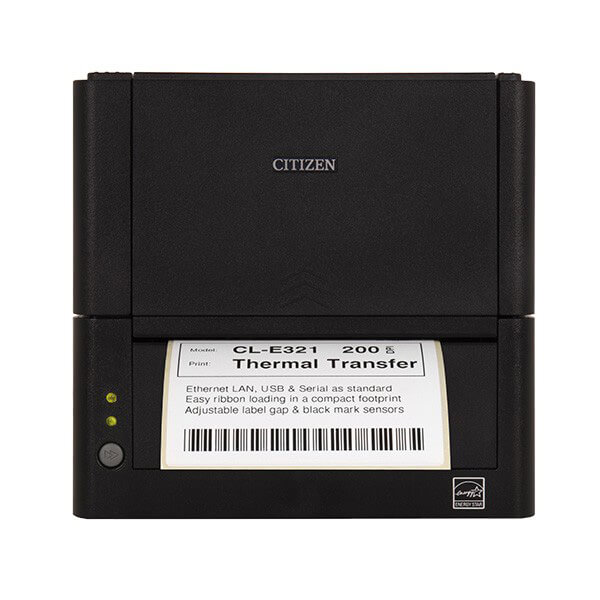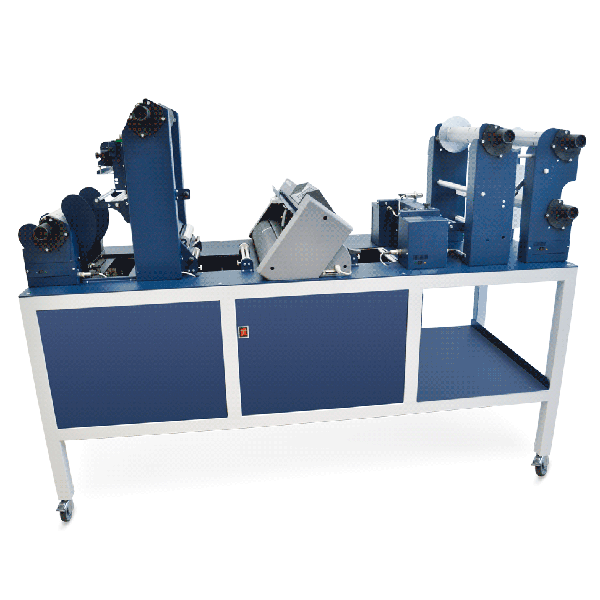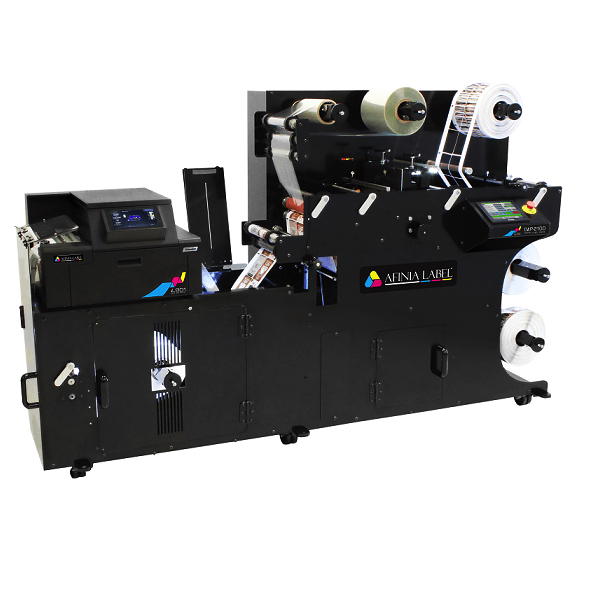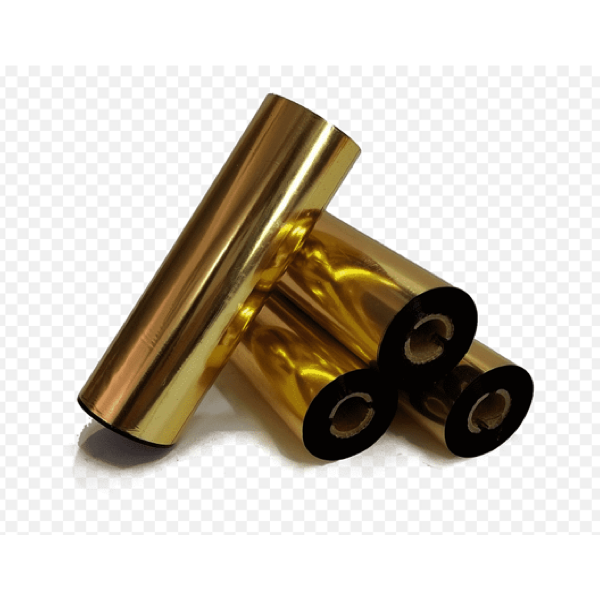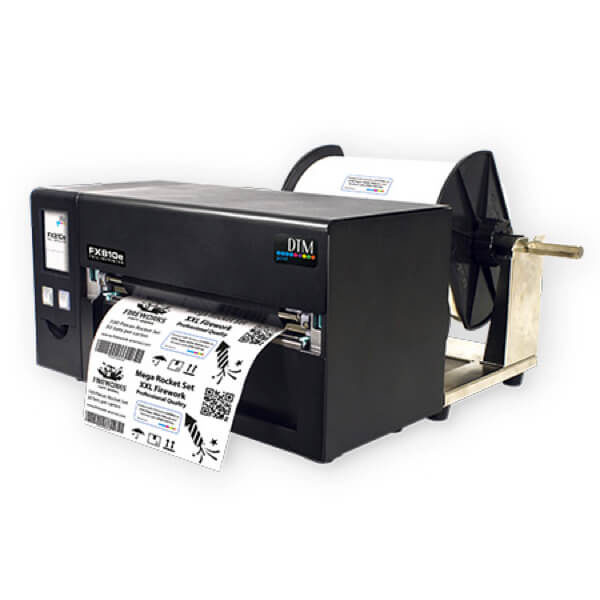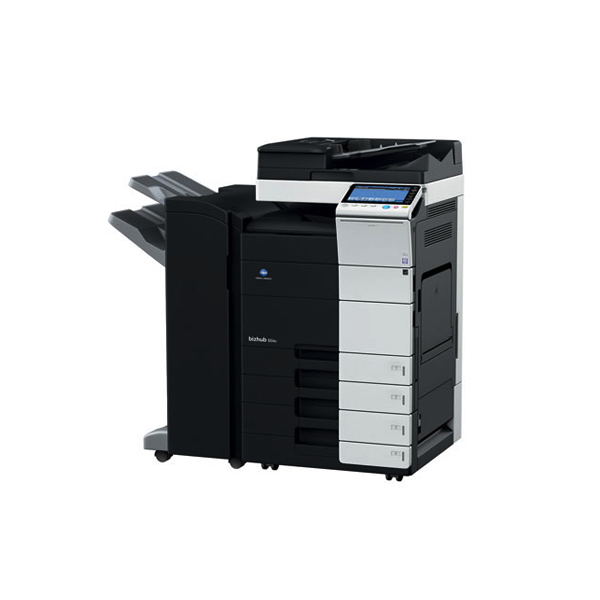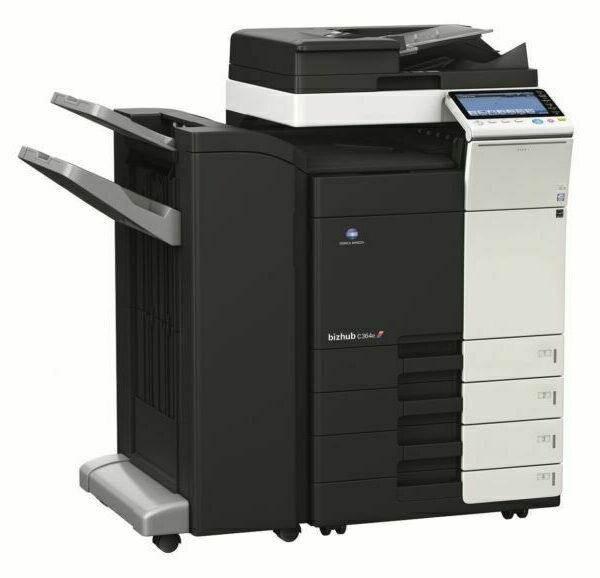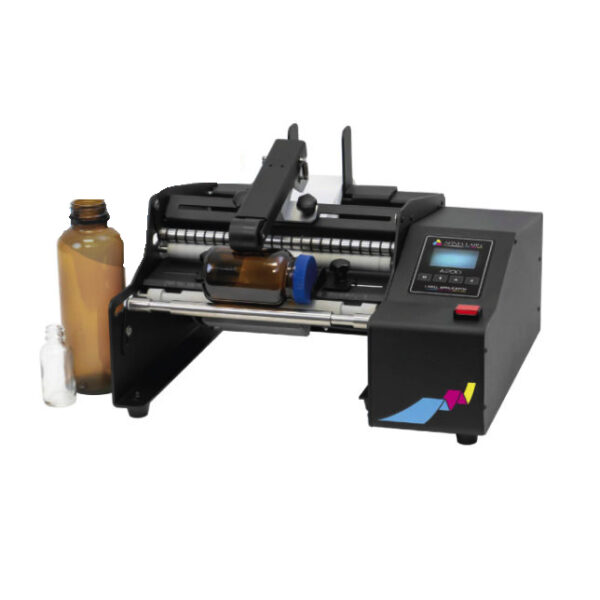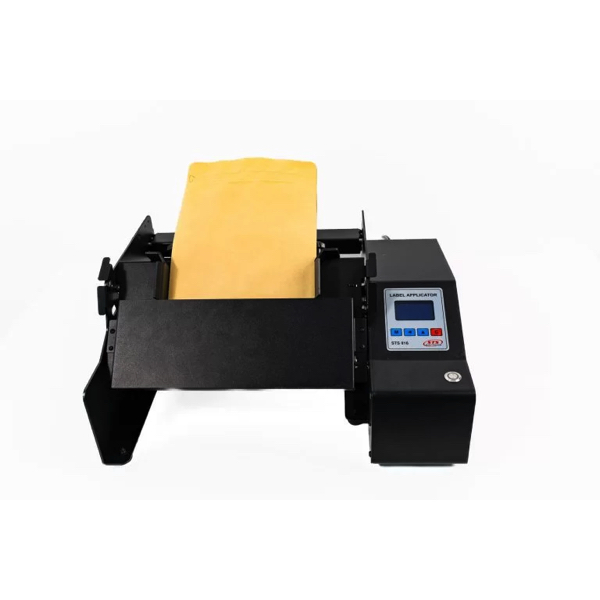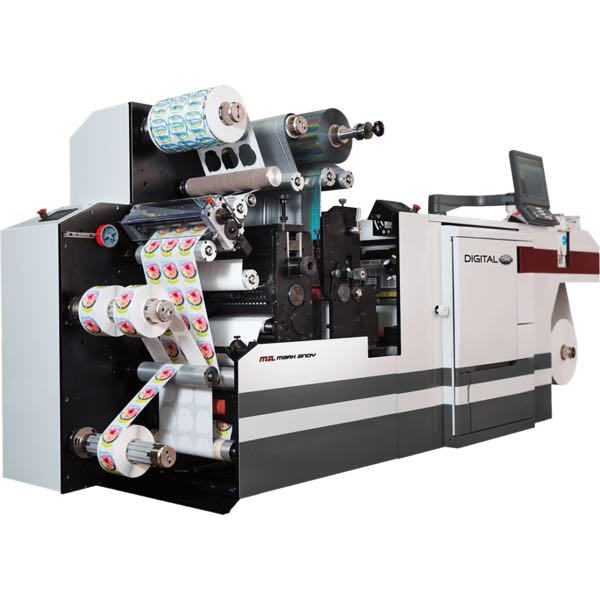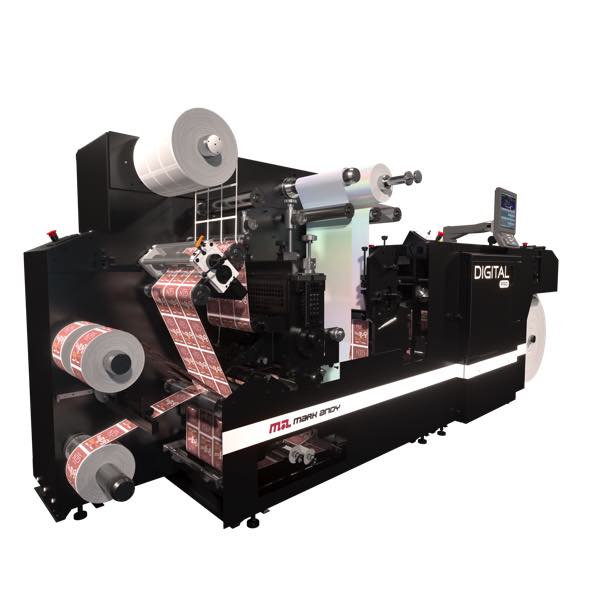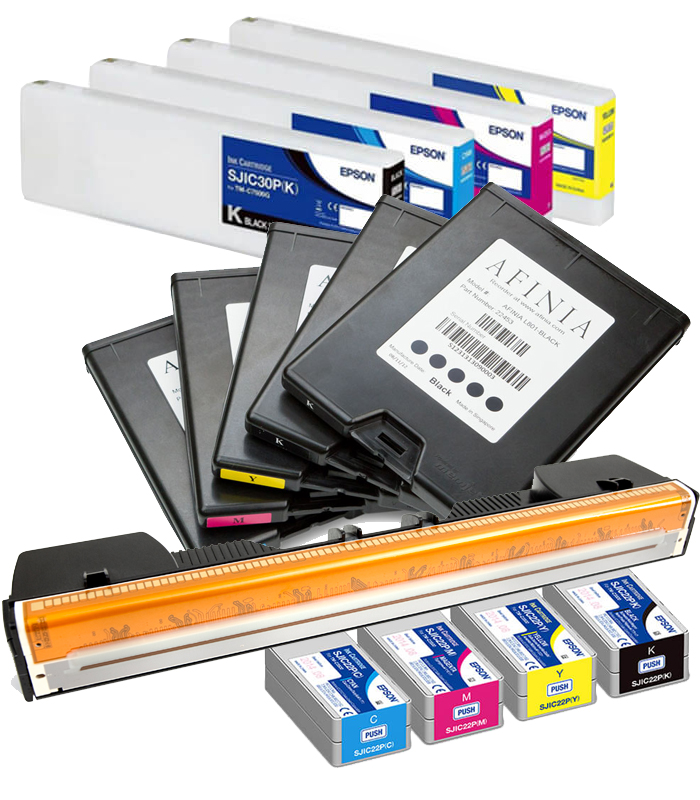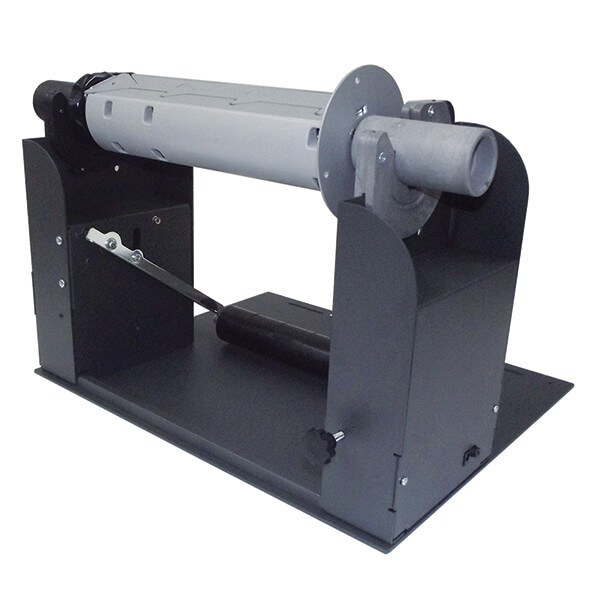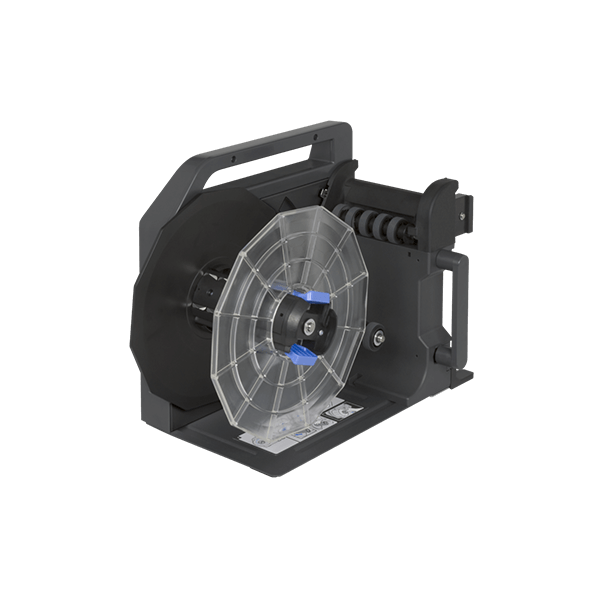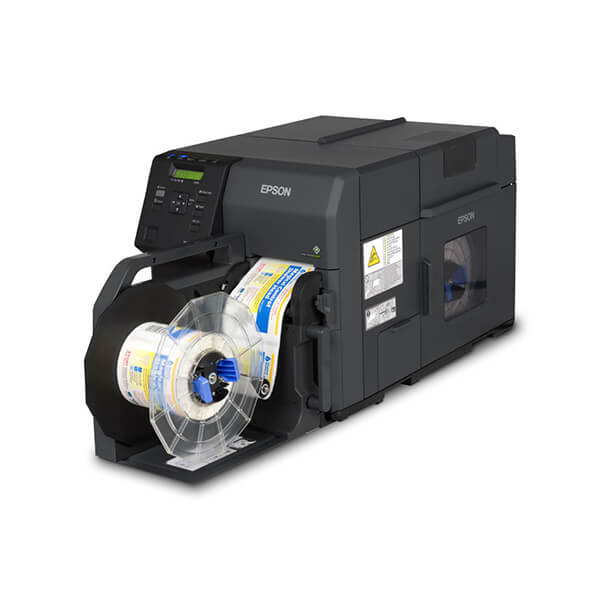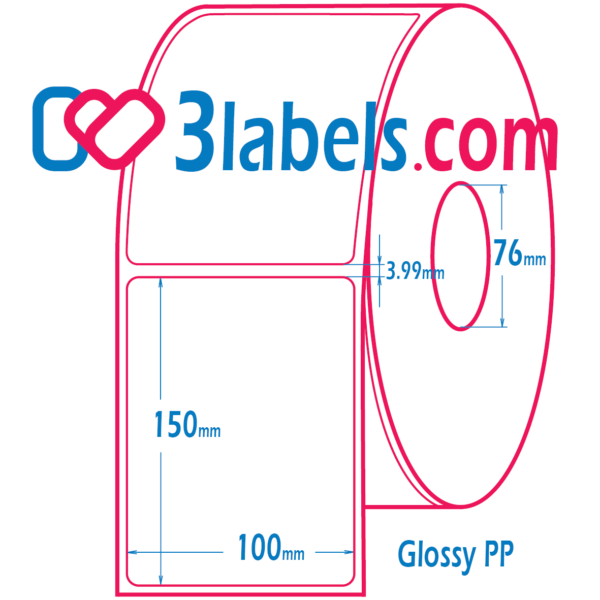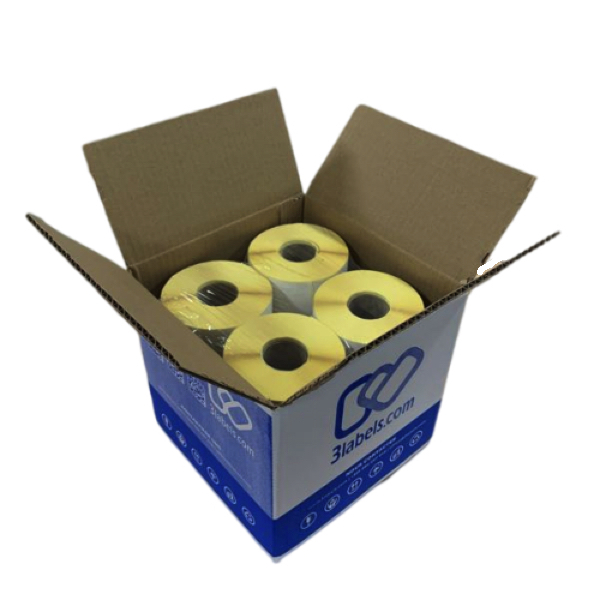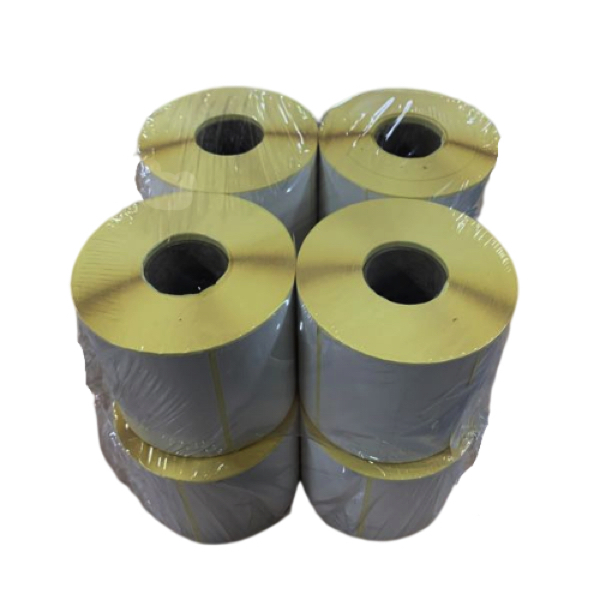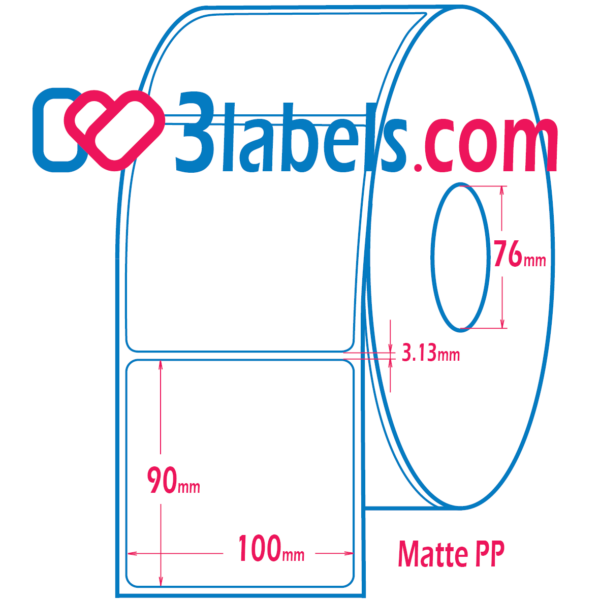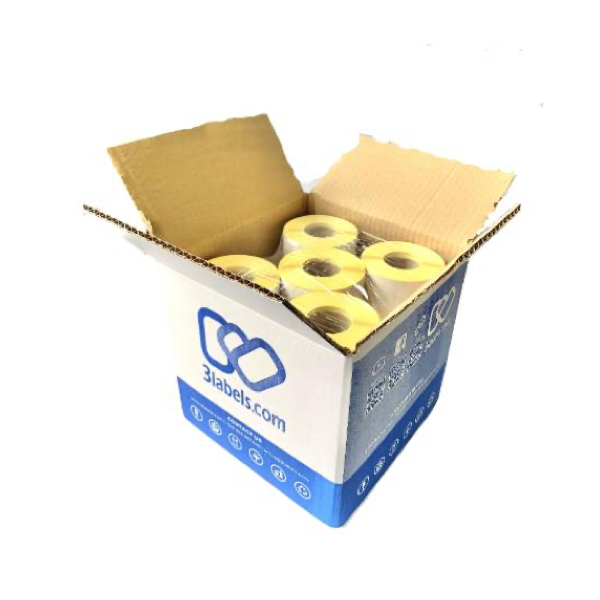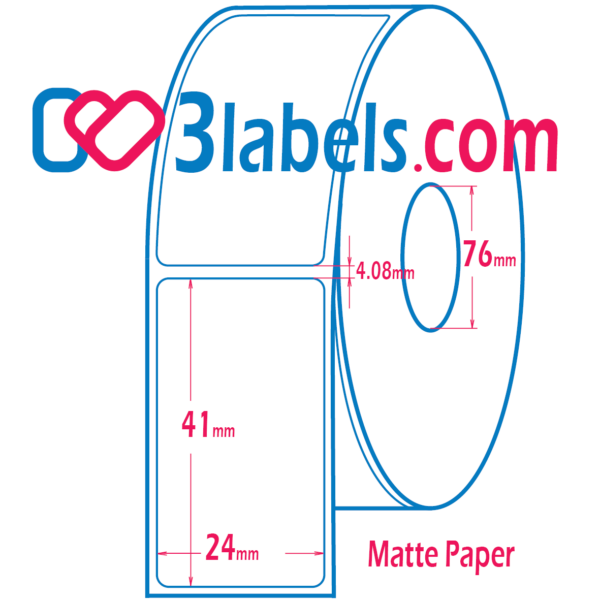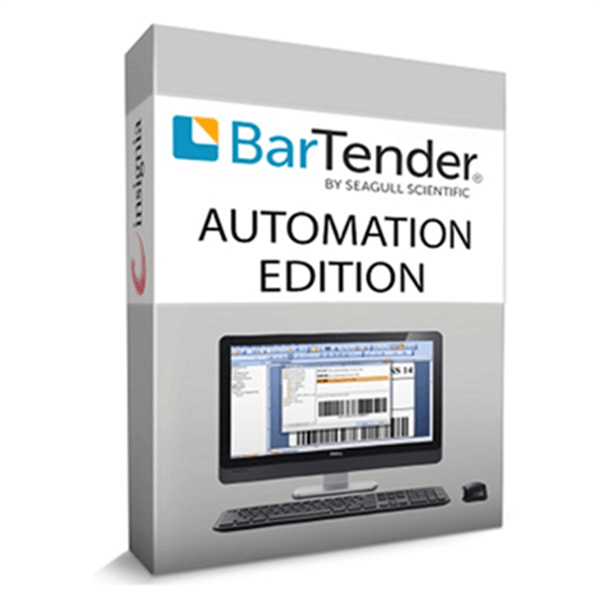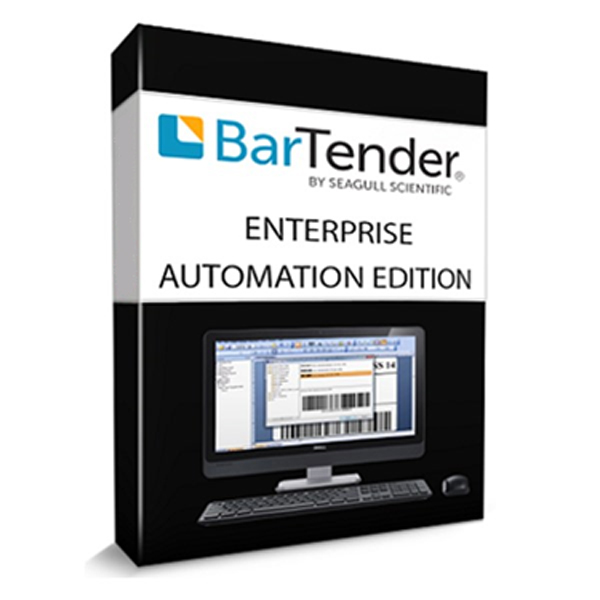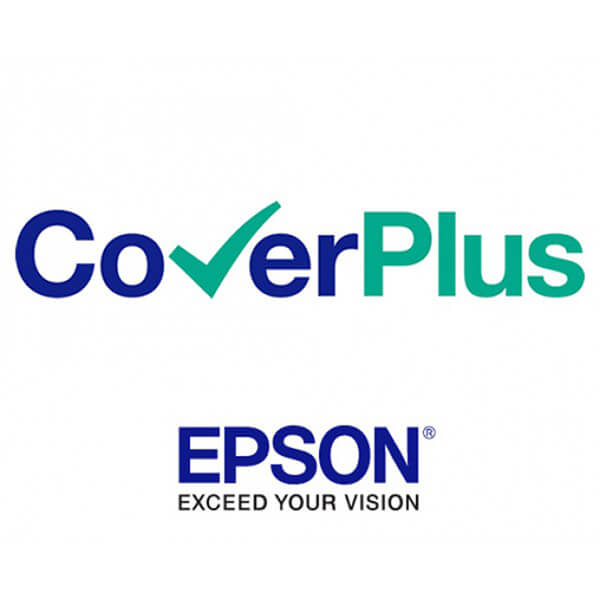Memjet printhead cleaning and recovery
Before you start
Before you start working on these instructions, we would like to emphasize that most of what you will read here is not written in any manual or recommended by the manufacturer – memjet. After all, you should never touch a memjet printhead, as it is very easy to damage it. However, we think that if you are about to throw away your printhead, what have you got to lose?
This guide has been compiled using our experience as trained memjet printer engineers. We’ve sold and supported many memjet printers over the years, so we’re sharing these small tips and tricks we use, as well as tips to ensure you get the maximum out of your memjet printhead.
Memjet printheads have no warranty whatsoever and anything you try here is at your own risk and responsibility. 3labels.com shall have no liability whatsoever for any damages caused by you and your actions. If you have any doubts, please speak to one of our engineers before proceeding.
What is a memjet printhead?
Memjet is a fixed printhead technology, and the printhead itself is user-replaceable in minutes. The memjet printhead has around 70,000 nozzles and offers a print resolution of 1600 x 1600dpi at 9m/min and 1600 x 800dpi at 18m/min. It is 216 mm wide and the advantage of memjet printing is that the only thing that moves during printing is the material under the printhead. This guarantees speed, low cost and good quality. Taking care of your memjet printhead is what will help you achieve all of this easily.
What can affect the quality/life of your memjet printhead?
- Humidity / dehydration
- Dirt / dust
- Air pockets / bubbles
- Wear and tear
- Temperature
There are various factors that can affect print quality, they can be environmental, physical or natural.
Humidity and dehydration
Your memjet printer should be in an environment with humidity levels between 30 – 80%. The closer to 50% the better. The reason for this is to reduce the degree of dehydration of the wiper roller and the printhead itself when in use and when not in use. The capping station in the printer protects the printhead when not in use, but sometimes that alone is not enough. If the wiper roller dries out, it will draw moisture from the printhead during cleaning and can affect the printhead, causing lines and sometimes damage.
What can you do to prevent this?
You have the option of air conditioning or adding a humidifier to the room to better control the humidity. If you get lines in the print and they don’t clear, you can try wetting the wiper roller if you think it’s too dry. You can manually moisten with some deionized water to the roller by using a pipette to apply a few drops along the length of the wiper roller. You should see how the moisture is absorbed into the wiper roller and then do a quick clean and see if there is an improvement.
Deionized water, NOT distilled water
This is very important and something we’ve seen customers get wrong. The two types of water are NOT the same and distilled water will contaminate your printhead and wiper roller. This will only make things worse in your printer to the point where you may need to replace any components that came into contact with the water.
Dirt and dust
Dirt can play a big role in printhead life. The main sources of dirt are dust and particles from the printer’s environment that are deposited on the printer and the media, which then travels into the machine and near the printhead. This can block the nozzles and damage them. It is important to understand that the printhead has about 70,000 nozzles, so they are very small and easily clogged by dust and dirt.
What can be done?
Install the printer in a place where not many people pass by, make sure all media is wrapped in foil/boxes and only come out of the packaging when you are going to print. At the end of the day, remove the media from the printer and store it in the packaging until the next use. Clean your machine regularly, especially if you use materials that leave glue residue.
Air bubbles in the printhead or ink tubes
Air bubbles occur mainly when changing the printhead or changing the ink cartridge. They cause clogging of the printhead and can cause certain colors to print incorrectly. To resolve this, you can circulate the ink to see if that removes the bubble. You can also gently squeeze the ink tubes under the top cover to remove bubbles. Finally, you can perform a deprime system/ink, and once that’s done, push back the blue lock on the printhead and let the system refill with ink. The System Deprime/ink option is not available on some memjet printer models, so you must do the release printhead procedure and wait for the latch to release, then push it back down and let the system refill.
Wear and tear
Your printhead wears out and is a consumable, so that’s to be expected, but following the steps above should help it last longer and allow you to get the most out of the printhead. Signs of wear usually look like scratches in the print. This is natural and usually results from dirt and particles over time, but can be worsened by a dry wiper roller and dusty environment.
Temperature
The printer should be in an environment between 15 – 30 degrees Celsius, working best at 20 -25, too high and too low temperatures affect the flow of the ink and can subject the pumps to excessive heat stress, causing errors and potentially permanent damage. Memjet uses water-based ink, so if your printer is in freezing conditions, the ink will begin to freeze, which of course will affect quality.
Final efforts to restore the printhead
Sometimes, after you’ve tried everything suggested above, it’s just not enough. You can try physically wiping the printhead and/or soaking it if dehydration has occurred or some dirt cannot be cleaned. The last option is to wipe the printhead with a lint-free cloth moistened with deionized water to remove some contamination such as glue or dust. You should always wipe along the length of the printhead in one stroke and only use the cloth once. Don’t rub the printhead!
If the printhead has become dehydrated, you can soak it in deionized water on a lint-free cloth for a few hours / overnight, then put it back in the machine. Only enough deionized water is needed to cover the bottom of the printhead where the nozzles are.
Simple things to remember that are sure to extend the life of your printhead
Leave your printer ON at all times. It will maintain the temperature better and service the printhead periodically to ensure that the printhead is in the best possible condition when you start printing.
Change the wiper roller every time you change the printhead. If your roll is dirty, you can transfer that dirt to your new printhead.
Service your printer regularly. Our engineers will clean the printers when servicing. It is important to clean all filters, waste ink pads and important components, which will extend the life of your printer as well as the printhead.









